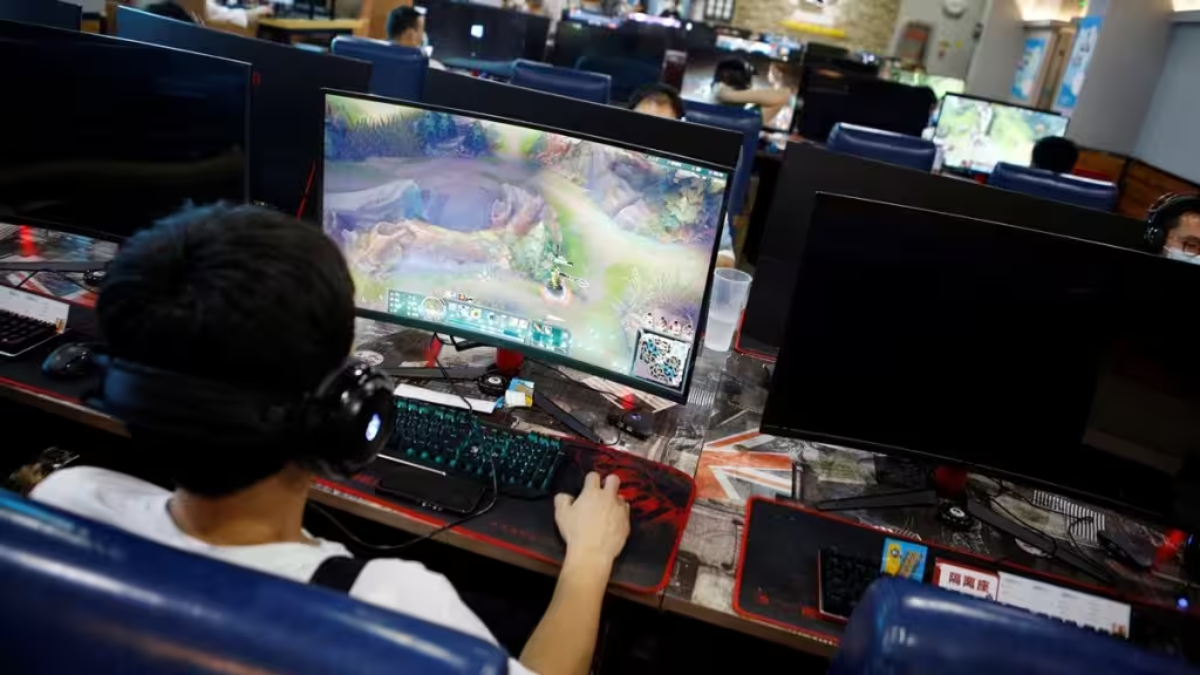In the vast and ever-evolving world of television, the 2024 remake of Shōgun stands as one of the most surprising and impressive reinventions of a beloved classic. Based on James Clavell’s 1975 novel, which had already been adapted into a wildly successful 1980 miniseries, Shōgun was initially seen as a daunting challenge. A story rooted in the samurai culture of 17th-century Japan, it was ripe for re-examination in an era where television increasingly demands authenticity, depth, and complexity. Against this backdrop, the 2024 remake managed to not only meet expectations but to shatter them entirely, crafting a tense, beautiful, and ultimately heart-wrenching narrative that transcended its source material.
The Original Legacy and the Necessity of a Remake
When we look back at the history of Shōgun, its significance is clear. The 1980 miniseries was one of the most-watched television events of its time, garnering impressive viewership numbers. At its core, it was a product of its era: a show that presented an exoticized, Western-centric view of feudal Japan, with Englishman John Blackthorne navigating the unfamiliar and dangerous waters of Japanese politics and culture. This version of Shōgun was not particularly concerned with accuracy, often taking liberties with history and cultural nuances. Its portrayal of Blackthorne as a “white savior” figure was emblematic of the 1970s and 1980s attitudes that often simplified or misunderstood the complexity of non-Western societies.
The 2024 remake, however, took a vastly different approach. Understanding that the landscape of television had changed, with a heightened sensitivity to historical accuracy and cultural representation, the creators of the new Shōgun made bold choices that would redefine the narrative. One of the most important shifts was the decision to focus on authenticity, with a cast that predominantly spoke in Japanese, subtitled for international audiences. This decision alone signaled the creators’ intent to respect the cultural integrity of the setting, allowing the characters to speak for themselves and ensuring that their motivations and struggles were not filtered through the lens of a foreign protagonist.
The Cast and Characters: A Cultural Renaissance
One of the most remarkable achievements of the 2024 Shōgun remake is the richness and depth of its characters. In the original miniseries, much of the attention was focused on John Blackthorne, the Englishman whose journey into Japan was presented as a sort of civilizing mission. However, this dynamic quickly shifted in the new adaptation. The primary focus of the series was no longer on Blackthorne but on the Japanese characters, with special emphasis placed on Lord Toranaga, played by the legendary Hiroyuki Sanada.
Sanada’s portrayal of Lord Toranaga is nothing short of masterful. A shrewd strategist and manipulative political player, Toranaga is the epitome of feudal Japanese power: a man who operates behind the scenes, waiting for the perfect moment to strike. Sanada’s performance adds a layer of complexity to the character that was not fully explored in previous adaptations. Lord Toranaga is not a simple villain or hero, but a man navigating the treacherous waters of political intrigue, always calculating his next move. His character is given the space to develop, to show both his wisdom and his vulnerability, making him one of the most compelling figures in modern television.
Opposite him is Blackthorne, played by Cosmo Jarvis, who approaches the role with a blend of bravado and naivety. Whereas the 1980 version of Blackthorne was depicted as a confident, if somewhat arrogant, Western protagonist, Jarvis’s portrayal is far more complex. His Blackthorne is a man whose sense of entitlement is gradually stripped away as he confronts the reality of his situation in Japan. His blustering arrogance becomes a comic relief, but it also serves as a reflection of the inherent contradictions of Western imperialism.
Anna Sawai’s portrayal of Lady Toda Mariko is another standout in the series. Mariko is caught between the demands of her family, her love for Blackthorne, and her own sense of duty. Sawai brings a deep emotional weight to the character, showing her as a woman of strength and determination, navigating a patriarchal society that limits her choices. The tragic beauty of her arc unfolds throughout the series, and it is in the show’s more intimate moments that Shōgun truly shines.
The diverse ensemble cast of Shōgun is, therefore, one of its strongest assets. Rather than focusing on one “hero” figure, the show allows all its characters to be fleshed out, creating a rich tapestry of motivations and alliances. This shift in focus not only makes the narrative more engaging but also enriches the cultural landscape of the series, providing a more nuanced view of 17th-century Japan.
A Focus on Authenticity: Breaking Away from Past Tropes
The decision to embrace authenticity was not just a superficial one. As mentioned earlier, producer and lead actor Hiroyuki Sanada worked closely with Japanese consultants to ensure that the cultural elements of the show were as accurate as possible. This commitment to authenticity extended to the sets, costumes, and dialogue, all of which were crafted to reflect the period accurately. The production design transported viewers to the world of feudal Japan, from the intricate wooden architecture to the lush, green landscapes. The details mattered, and they were given the respect they deserved.
Equally important was the show’s treatment of historical events. The 1980 miniseries, for all its success, was criticized for its shallow handling of Japanese culture and history. In contrast, the 2024 Shōgun made a concerted effort to avoid these pitfalls. Rather than treating the story as a mere backdrop for Blackthorne’s journey, the show delves deeply into the political and cultural tensions of the time. The conflicts between the samurai, the power struggles within the Japanese court, and the clash between Eastern and Western ideologies are all given the space they deserve, making the show feel far more grounded in history.
The decision to feature Japanese-speaking actors with subtitles also marked a significant cultural shift. In the 1980 version, the Japanese characters were often portrayed as enigmatic figures whose motivations were left largely unexplored. By contrast, the new Shōgun gives voice to the Japanese characters, allowing their perspectives to take center stage. This shift not only enhances the authenticity of the series but also challenges the traditional portrayal of non-Western cultures as secondary to the Western protagonists.
A Tense, Beautiful Game of Chess: The Strategic Genius of Shōgun
One of the defining features of the 2024 Shōgun is its portrayal of the political chess game between Lord Toranaga and his enemies. This is not a show about grand battles or epic action sequences (though it does have its moments of spectacle); it is about the quiet, tense negotiations that define the course of history. Lord Toranaga’s strategic mind is the focal point of the series, and the slow-burn tension of his plans is what drives much of the narrative. As the series unfolds, we see the slow, deliberate plotting of Toranaga as he maneuvers his enemies into positions where they will either submit to his will or be destroyed.
This approach to storytelling is a far cry from the action-heavy TV shows of today, and it is one of the reasons Shōgun stands out. Rather than relying on explosions and dramatic confrontations, the show builds tension through the careful unfolding of its characters’ plans and motivations. Each episode feels like a step in a larger game, with every move carefully considered and executed. This makes the show incredibly satisfying to watch, as the pieces of the puzzle slowly fall into place.
The Heartbreak of Crimson Sky and the Poetic Finale
Perhaps the most defining moment of Shōgun came during the penultimate episode, “Crimson Sky.” Throughout the series, Lord Toranaga had alluded to a moment of triumph known as “Crimson Sky.” The audience, expecting a grand confrontation or a violent conclusion, is instead presented with something far smaller and more intimate—a moment of tragic clarity that encapsulates the themes of the show. It was a brilliant subversion of expectations, and it is a moment that will likely be remembered as one of the greatest in television history.
The finale of Shōgun continued this trend, subverting the typical action-heavy conclusion in favor of something more poetic and ambiguous. This decision speaks to the show’s overall commitment to confounding expectations and avoiding the usual tropes of prestige television. In a time when most TV shows feel the need to culminate in a grand, climactic spectacle, Shōgun opted for a quieter, more thoughtful conclusion that stayed true to its thematic core.
The Future of Shōgun: A Cultural Touchstone
As Shōgun moves into its second season, there is a sense that the story has already been told perfectly. The decision to continue the show, while understandable from a financial perspective, feels somewhat unnecessary given how perfectly the first season concluded. Nonetheless, the cultural impact of Shōgun cannot be denied. The show has redefined how we think about historical drama, cultural authenticity, and the role of Western protagonists in stories about non-Western societies.
The 2024 Shōgun has set a new standard for what television can achieve. It has taken a classic story and transformed it into something fresh and daring. By focusing on authenticity, subverting expectations, and delivering a deeply emotional narrative, Shōgun has earned its place as the best TV show of 2024. It is a work of art that will be remembered for years to come.











